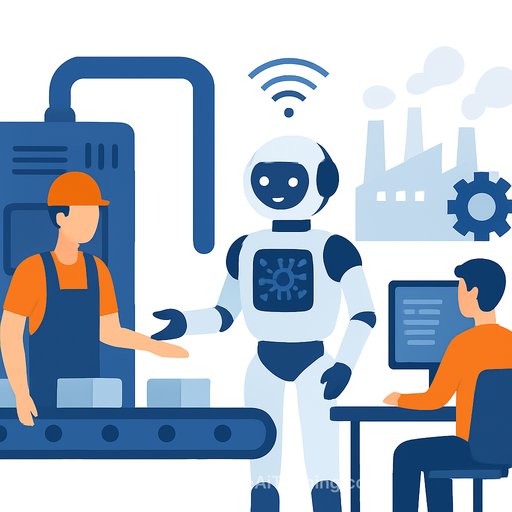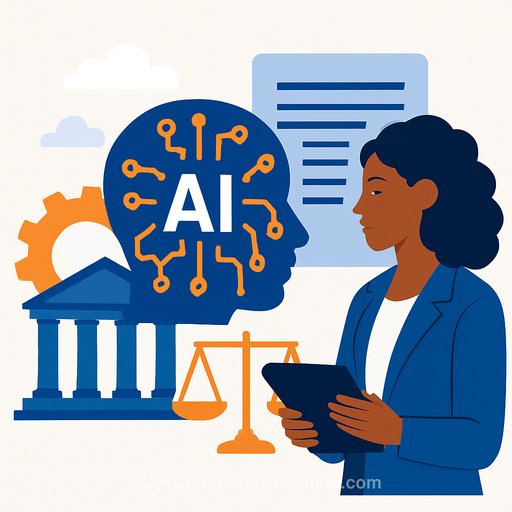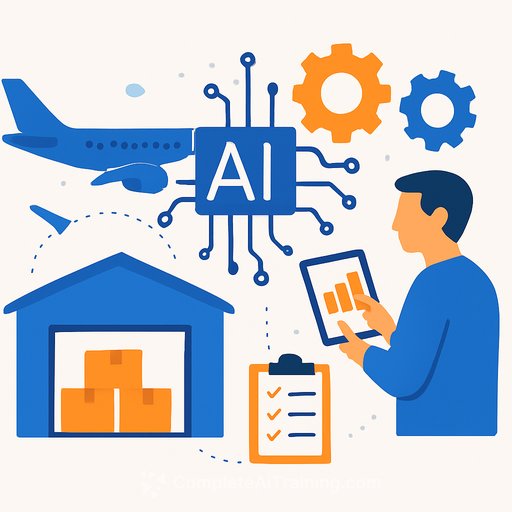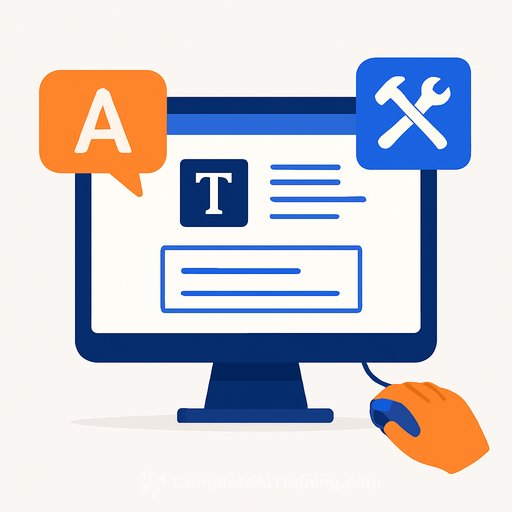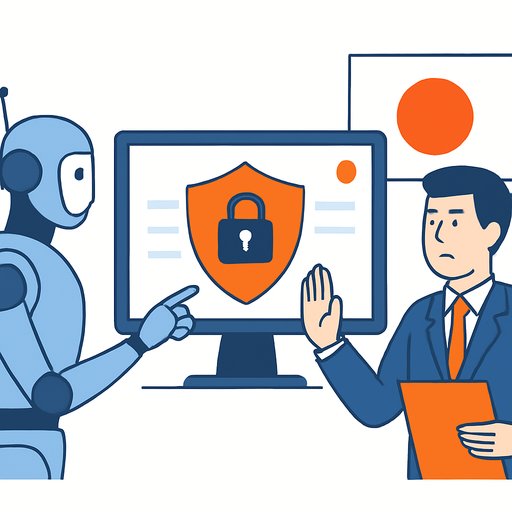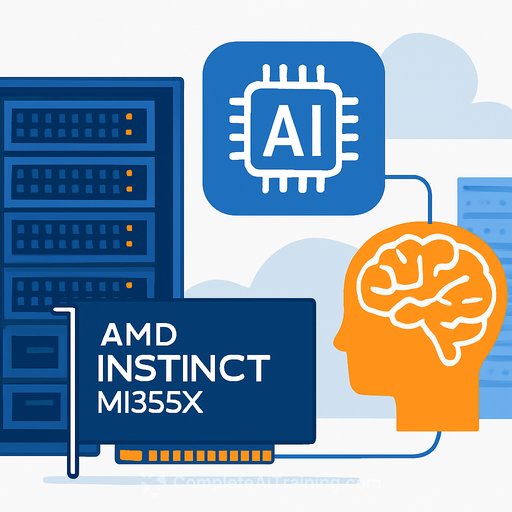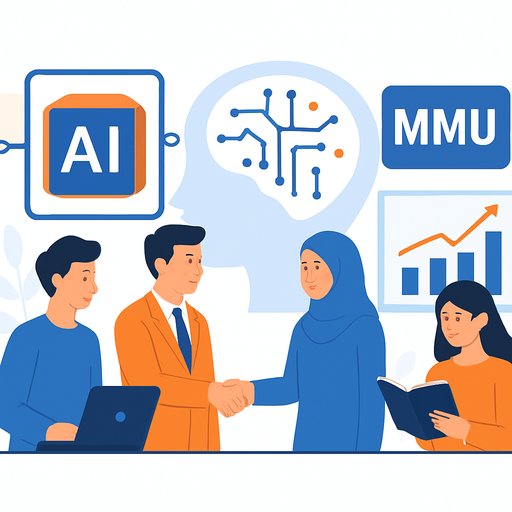Enterprise AI Agents Clock In On The Factory Floor
Integrating enterprise AI with operational technology (OT) is the next productivity leap for factories and other physical operations. When planning, execution and control systems share intelligence, decision cycles compress from days to minutes. The result: higher resilience, faster response to demand shifts and tighter use of resources.
Enterprise AI already helps ERP, supply chains and customer operations. The bigger upside sits on the factory floor, in logistics yards, in energy sites and across critical infrastructure - where operational AI monitors, controls and optimizes real-time processes. The work now is to connect these domains without compromising safety, reliability or security.
Why OT-IT Still Feels Like A Chasm
OT lives in the physical world. It must run deterministically, in harsh environments, with strict safety and uptime requirements. It is engineered for control and reliability, not for cloud-scale variability.
IT, by contrast, is probabilistic and adaptive. Trying to make OT behave like IT (or vice versa) creates brittle systems and technical debt. The goal isn't to flatten differences - it's to connect them cleanly.
An AI-First Path Across The Gap
We need a secure, composable continuum from cloud to datacenter to edge. That means clear domain boundaries, event-driven coordination and AI-native data handling. No hardcoded bridges. No one-off translation layers.
Four Principles To Make OT And IT Work As One
1) Platform-Based OT Devices
Move from bespoke, full-stack embedded builds to commercial off-the-shelf platforms that include OT-grade hardware and supported system software. Start building apps on day one while vendors handle the OS, security, OTA updates and long-term support. This shifts engineering time from plumbing to outcomes.
Reality check: Chipmakers and system software vendors are investing in complete platforms suitable for industrial deployment. Examples include industrial AI hardware, supported Linux stacks and automotive-grade software platforms. The days of bare-metal, bake-from-scratch builds are fading, but enterprises should hold suppliers accountable for complete, standardized platform delivery.
2) Componentized Applications
Assemble edge apps from loosely coupled, hardware-agnostic components. Keep AI models, control loops and helper services independently deployable and updatable. This reduces risk, speeds iteration and simplifies maintenance.
Reality check: Full-blown Kubernetes/Docker stacks can be heavy for constrained devices. Lighter patterns are emerging: OTA-managed components (often OCI containers), modular AI pipelines and microservice-style runtimes, with WebAssembly offering a path for small-footprint, sandboxed modules.
3) Event-Driven Interfaces
Replace tight, request-response coupling with asynchronous, event-driven messaging. Sensors emit events, agents subscribe, and actions trigger across both OT and IT without constant synchronization. This supports real-time responsiveness and keeps domains independent.
Reality check: Messaging protocols (e.g., MQTT) and semantic models (e.g., OPC UA) are proven. You still need shared schemas, governance and versioning to prevent ambiguity. As agentic AI grows, expect more robust patterns for asynchronous, multimodal, loosely coupled workflows.
4) Data As-Is
Stop over-normalizing operational data at the edge. Ingest raw or lightly processed streams - including unstructured and multimodal - and let inference layers contextualize and enrich. Normalize only where safety, performance or compliance demands it.
Reality check: In brownfield sites, "as-is" is often the only practical path. Teams are training on PLC tags and extracting insights from unstructured logs with LLMs. In greenfield builds, local enrichment at the edge reduces noise while preserving signal fidelity.
From Insight To Action: Agentic Workflows
AI must do more than report. It must act. Agents that span planning and execution can reconfigure production for demand shifts, reroute logistics around disruptions and self-monitor infrastructure.
These agents subscribe to events, reason over enterprise-wide context and take safe, auditable actions in OT. Human teams move from manual execution to oversight and exception handling.
Practical Next Steps For Ops, IT And Dev
- Inventory your OT estate and identify where a platform approach can replace bespoke stacks.
- Define a component model: how models, control loops and services are packaged, updated and rolled back.
- Pick an event backbone and schema strategy. Start with a small set of high-value events and version them.
- Adopt a "data as-is" pipeline; add transformation only where safety or latency requires it.
- Establish policy for agent actions: guardrails, approvals, observability and incident response.
- Pilot one closed-loop use case (e.g., quality containment or energy optimization) before scaling.
- Formalize MLOps and ModelOps at the edge: signing, drift detection, rollback and lineage.
- Upskill cross-functional teams on event-driven design, safety cases and AI assurance.
Vendor Market Snapshot
Major industrial suppliers are moving toward AI interoperability - each with a different route. Keep discussions focused on shared architectural principles: platform-based edge, modular apps, event-driven integration and data-as-is pipelines. Avoid lock-in through bespoke middleware that can't scale across sites or vendors.
Build Team Capability
If you're standing up agentic AI across Ops, IT and Development, align skills to roles and use cases. A curated track by job function can speed adoption: courses by job.
Disclosure: Organizations mentioned may have commercial relationships with industry research and advisory firms in this space.
Your membership also unlocks:

